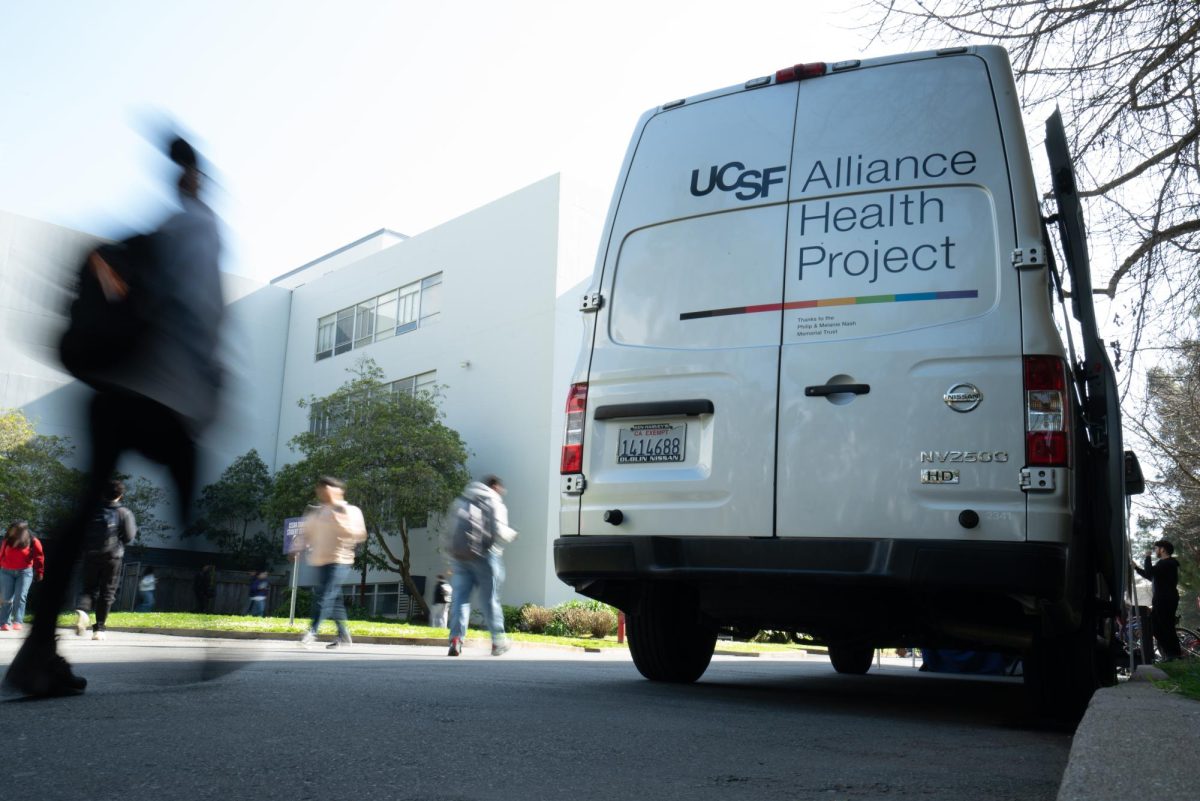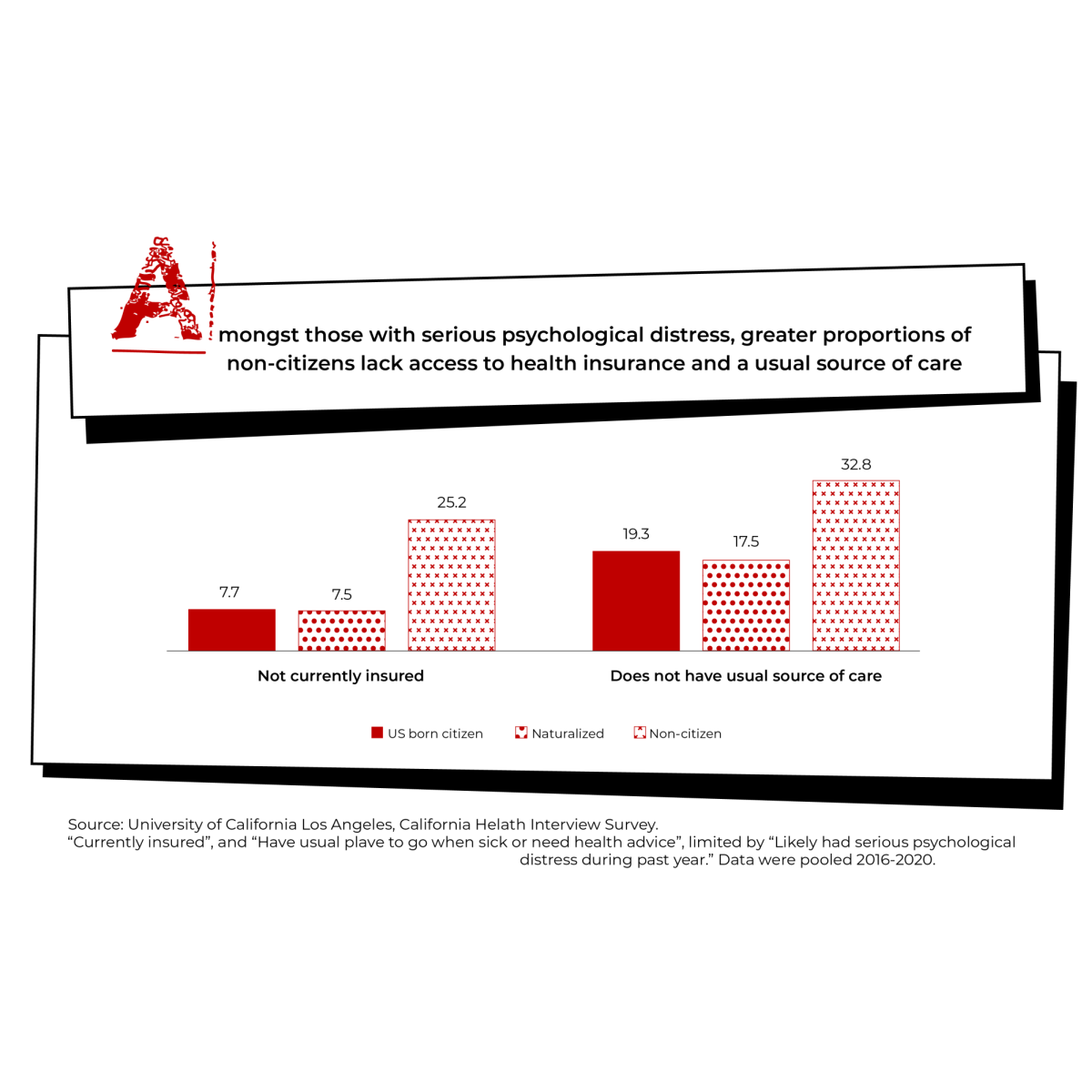In one corner of the room sits a couch that’s big enough for two, but if more space is desired that can be easily arranged with Yoni Alkan. His studio is soothing, with green plants and beams of light pouring in through the windows overlooking the Richmond District.
Now relax, because Alkan’s embrace is here.
Through cuddling, Alkan has noticed a concern — it wasn’t just about good times for people, but being touched was transformative for them. With a background in human sexuality and conflict resolution, Alkan knows how to soothe and comfort people to make them feel at ease.
“It’s remarkable how touch-deprived our society is,” Alkan says. “It is so important to have that in our lives and sometimes people don’t notice how lacking it is for them.”
Human touch is becoming something rare when people are connected more to their phones than each other. Touch is one of the first senses people acquire and a key component to a successful relationship. But in a country where about 40 to 50 percent of married couples end up divorcing and break-ups occur constantly, touch has become something people long for.

Alkan was cuddling for free with friends and clients, until he became a professional cuddler with Cuddlist, a safe, nonsexual, and consensual cuddling company that fills a neglected sense in our fast-paced society. Professional cuddling has evolved into a growing industry throughout the world with Cuddle Up to Me in Portland, Cuddlery in Canada, and BeCuddled.Today in the United Kingdom.
“All we know is that there’s loneliness and stress and a sense of missing out,” Adam Lippin, co-founder and CEO of Cuddlist states on its website. “What’s missing is the touch and connection with others.”
For most cuddling services, a certification process is required. With Cuddlist, interested or experienced cuddlers enroll in an online training program that covers conducting safe and rewarding cuddle sessions for clients. At the end of the course, a cuddler is able to create his or her own profile which will make it easier for clients to find a good fit for their needs. Online training costs a one-time non-refundable fee of $79 and the certification and profile cost $29.99 per month.
In addition to the course, cuddlers are required to find and attend a cuddle party, be approved by an associate trainer and conduct a sixty-minute session to demonstrate their abilities, and be open to cuddling clients who identify anywhere on the gender or sexual orientation spectrum.
As a certified cuddler, Alkan gets paid to soothe and comfort people through touch and conversation. Paying for a stranger’s touch might sound weird to some. But professional cuddling is all about platonic and consensual touch. Strict guidelines — like no touching in sexual areas and not engaging in sexual activity — are implemented and strongly enforced. These rules are placed for the safety of the cuddler and cuddlee during a session.
“There are two very important aspects in cuddling: one is the touch and the other is consent,” Alkan says. “You get a lot of good things from the touch part of cuddling, but what you also get is practicing and learning about your own and other’s consent. How to say yes, how to say no, how to ask for what you want, how to change your mind – these are all very important tools that we are taught, but not well enough.”
Prior to cuddling, the cuddler and cuddlee have the opportunity to speak or meet with one another to get a sense for what each party is comfortable with and whether they’re a good fit for each other. In addition, the cuddler goes over the code of conduct with the cuddlee to ensure that they understand it’s nonsexual and consensual. It’s up to the client to let the practitioner know what they want during a session.
But what happens when someone becomes aroused during a cuddle session?
“It’s hard for people to understand that it’s nonsexual consensual touch,” Alkan says. “The lines become even more blurred in people’s imaginations because sexual feelings might arise during a session, but we don’t act upon them if someone with a penis gets an erection, that’s a normal bodily function and it’s okay, but what is not okay is doing something with it.”

When moments like these occur, a cuddlee or cuddler can remove themselves from the room. If either party becomes uncomfortable, they’re also allowed to end the session at anytime.
Cuddling is said to be a form of therapeutic touch. According to an article by Dr. Fran Walfish, a Child, Couple, and Family Psychotherapist, “Forms of cuddling increases oxytocin levels, which is a bonding hormone — this chemical reaction helps reduce blood pressure, stress, and anxiety.” However, people seek out cuddling services for many different reasons whether it may be having a hard time bonding with others or a history of sexual assault.
Kenn Burrows, MPH, a Faculty Advisor and Educator in Holistic Health Studies at San Francisco State University understands the importance of touch in humans, especially when people are now consumed with their phones instead of interacting with others.
“I’m suspicious about the correlation of our increasing reliance on digital technology for connectivity with ‘friends’ amid the erosion of genuine friendships,” Burrows says in an email. “You can have… 1,000+ friends on Facebook, but no real close friends. The more time we spend with tech, the greater our need for touch and genuine connection with others becomes.”
Furthermore, engagement with others is changing with our generation. The June 2016 issue of Scientific American Mind reported in the article, “Friendships: The Remarkable Power of Our Closest Connections” that 50 percent of American adults now report they have no (zero) close friends. This is a decrease from two close friends reported in similar studies ten years ago.
Richard Harvey, PhD, an Assistant Professor in the Department of Health Education at San Francisco State University uses the phrase, “We pay attention to shift our intention,” with the implication that paying attention to touch sensations helps us decide the frequency, intensity and time or duration of touch.
Harvey explains that people pay attention to touch in terms of the science of habituation and sensitization. Habituation can be simply described as the ability to ignore irrelevant and repetitive matters. A cause may be some form of touch where a person engaging in touch may overlook a particular touch depending on the intensity or duration of the touch. Sensitization is a similar concept which describes the heightened awareness or responsiveness to the matter. For example, a light touch can have great meaning and intention in one situation, but ignored in a different case.
In Harvey’s classes, he breaks down topics with categorical questions of: what, when, where, who, why, and how. By doing this, it helps explain the purpose for touch and ties back to the importance of consent.
“Our culture, the U.S. culture equates touch to sex,” Alkan says. “When someone receives touch that is not functional or medical, it immediately goes to sexual or if you hug someone for a long period of time — a lot of people will feel like it’s become sexual. It may not necessarily be so, but that’s how a lot of people feel.”
Cuddling businesses and practitioners want to change that by providing a space for those who are touch deprived, as well as, educating them on the importance of consent because touch should not always correlate to sex.
Professional cuddling is a rapidly growing business. Some people may be reluctant about it prior to knowing how it all works, but there’s nothing to be afraid of.
“Yes, it is weird (cuddling with a stranger) because it’s not done, but once it is done, it won’t be weird. You’re paying someone and you know what you’re getting,” Alkan says. “If you know that you want a connection with someone, but not a sexual connection with them, this is guaranteed to you in a cuddle session and not with a total stranger.”


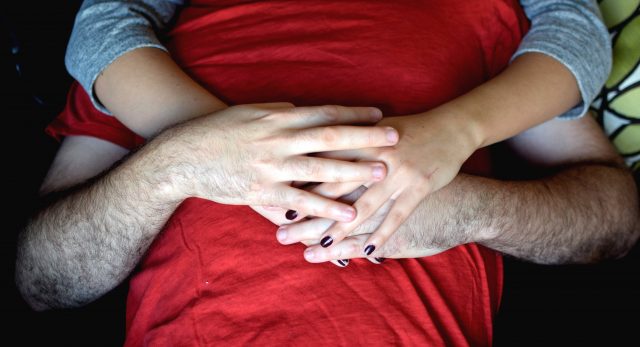
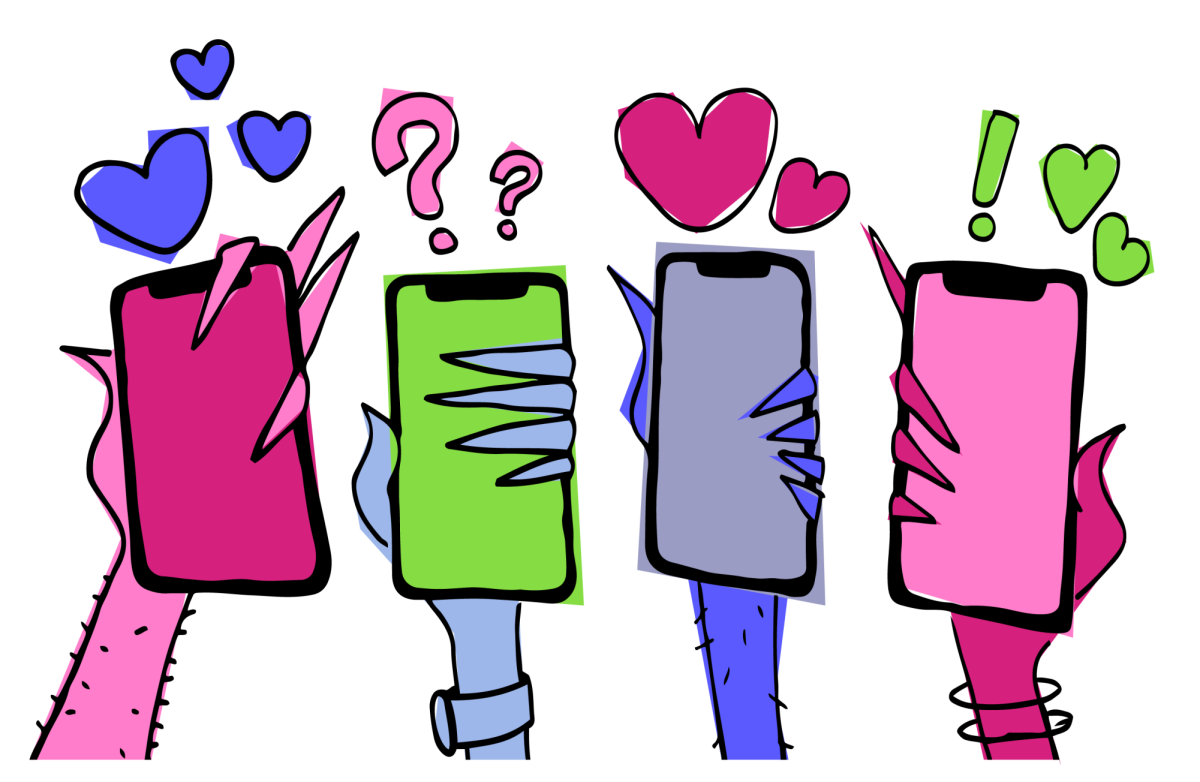
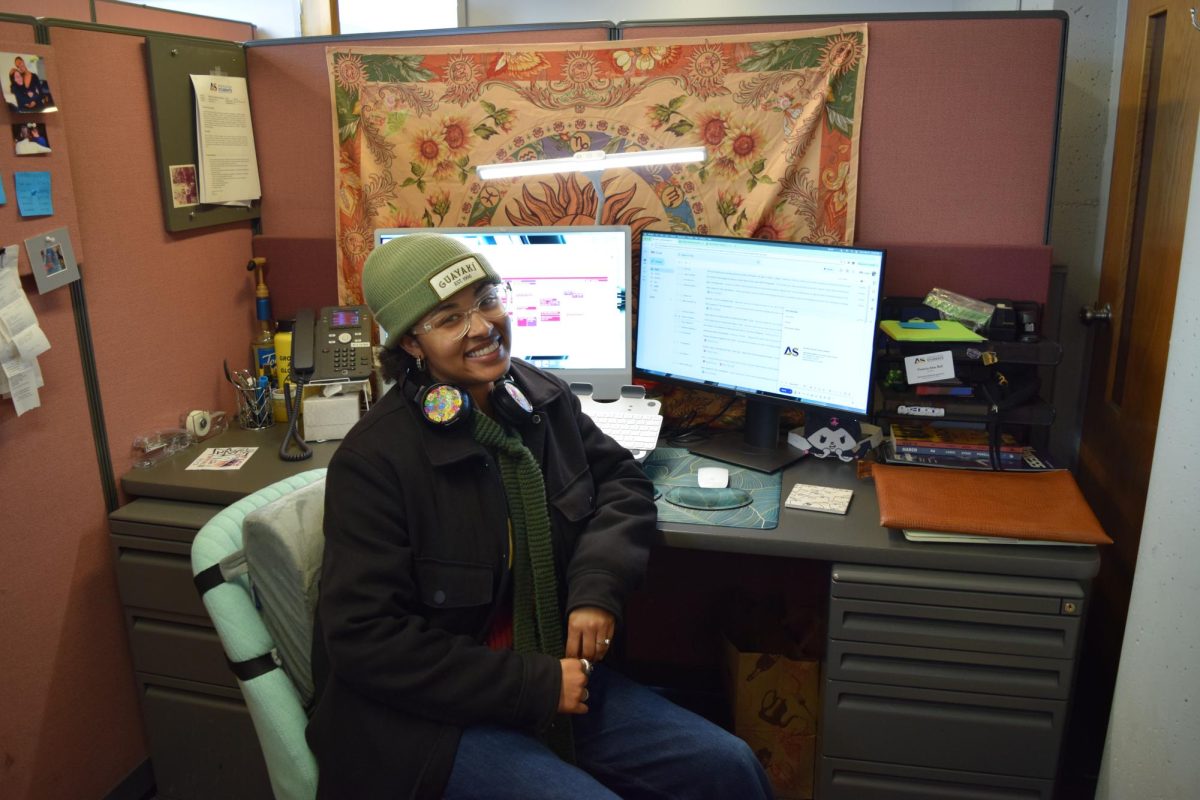
![[From left to right] Joseph Escobedo, Mariana Del Toro, Oliver Elias Tinoco and Rogelio Cruz, Latinx Queer Club officers, introduce themselves to members in the meeting room on the second floor of the Cesar Chavez Student Center.](https://xpressmagazine.org/wp-content/uploads/2024/03/mag_theirown_DH_014-1200x800.jpg)
